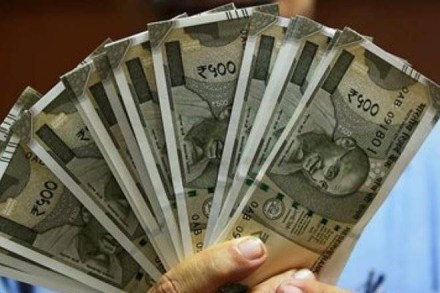The Reserve Bank of India’s (RBI) unanimous call for a 25-basis-point rate hike after four years was primarily driven by the strengthening core inflation as well as the rising household inflationary expectations. Since the April Monetary Policy Committee meeting, there have been some significant macro developments, mainly on four counts.
First, the global crude oil prices have risen by about $10 per barrel. Second, the rupee has depreciated by almost 5%. Third, the three-month and one-month ahead inflationary expectations have risen by 90bps and 130bps, respectively. Fourth, core inflation has jumped by 50bps to 6% in May 2018 as compared to 5.5% in March 2018.
Higher food or fuel shocks, which persist over a long period of time, can feed into higher core as well as headline inflation through higher inflationary expectations. Until now, benign food prices have given some cushion to RBI; however, this may wane as the second-order impact of oil feeds into headline and food inflation.
A critical piece of India’s macro story that needs further attention of the central bank and the policy-makers is the dynamics of rural purchasing power. The real rural wage growth (nominal wage minus inflation) has fallen from a peak of 5.6% in June 2017 to (-)0.4% in February 2018. Both real farm and non-farm wage growth rates have de-grown in January and February 2018. This can be attributed to both rising rural inflation and the fall in nominal wage growth. Therefore, the purchasing power of the rural household has been on the decline. This is critical as rural consumption accounts for almost 55% of India’s overall consumption.
Comparing the inflation trajectory of urban and rural areas, by removing the statistical effect of house rent allowance (rural inflation doesn’t have housing as a component) on headline urban inflation, we find that the divergence between rural and urban (ex-housing) inflation has been widening since November of last year. Currently, rural inflation is 120bps higher than urban inflation.
Prior to June 2017, faster nominal rural wage growth compared to rural inflation aided rural consumption through increasing purchasing power (see the accompanying charts). Anecdotal and field evidence suggests that the rise in rural nominal wage growth till mid-2017 could be attributed to factors like farm sector growth after two years of drought in 2015-16, better minimum support prices for farmers, and farm loan waivers.
However, since the mid of 2017, the situation reversed, with nominal rural wage growth decelerating amidst rising rural inflation, squeezing rural purchasing power. Nominal wages fell from 7% in July 2017 to 4% in February 2018, while rural inflation rose from 1.5% to 5% over the same period. Many attribute this to the decline in urban migration from rural areas due to slowing down in construction and real estate activity. However, it is yet to be seen whether the decline is temporary or not. While both agricultural and non-agricultural wages have been on a decline, the slowdown has been more dramatic for agricultural wages. Overall, in real terms, both agricultural and non-agricultural wage growth have de-grown in the first two months of 2018.
This could have serious implications for both rural farm and non-farm activity amidst farm distress. According to the All India Debt and Investment Survey, every one in three rural households is indebted and the average cash dues outstanding per household have been estimated at Rs 32,522. The average amount of debt per indebted household was Rs 1.03 lakh for the rural sector. The report further points out that institutional lending has plateaued over time and over a quarter of all debt is still owed to moneylenders. Even more worrying trend, however, is that the loan taken under “other household expenditure” has been increasing, while the loan taken for productive purposes has been on a decline. Higher MSPs are not the solution, as they could worsen the current supply glut and are distortionary in nature. Wastage and leakage in procurement is another challenge the government has been battling with. Rural India’s squeezing purchasing power needs urgent attention, for growth recovery to be sustainable.
By Prachi Priya & Aniruddha Ghosh
Priya is a corporate economist based in Mumbai. Ghosh is a Delhi-based economist and LSE alumni
